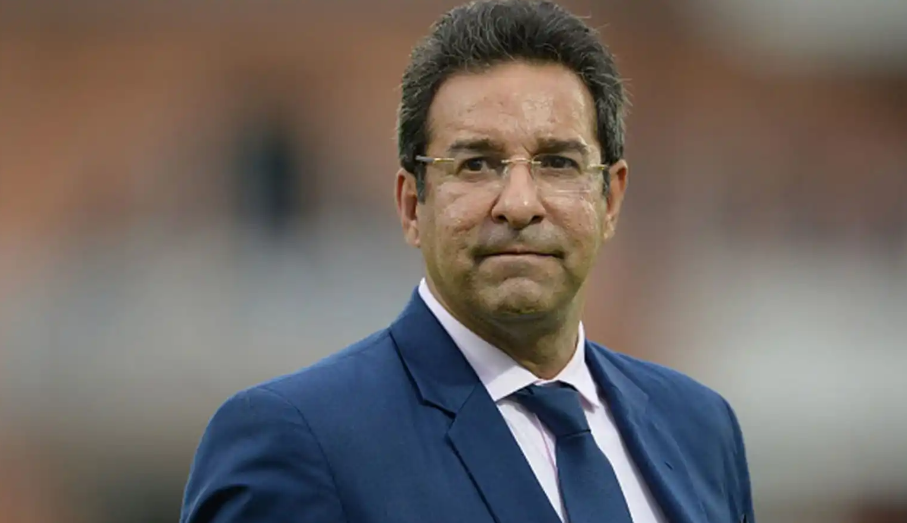The joy of learning to play cricket when you’re a kid is its simplicity. A bat, a ball, a few sticks for a wicket, and you’re all set for a full day of fun.

As you get older and rise through the ranks, all manner of accessories seem to come along with the game. The bag starts bulging with sidearms, helmets, guards for almost every part of the body, bat cones, LED-lit stumps… the list is seemingly endless.
For professional cricketers, hand-to-eye coordination is perhaps the biggest part of the game, and it’s paramount that cricketers take care of their eyes. As such, we’re used to seeing sunglasses on the pitch, making eyewear another crucial part of your cricket bag. Aaron Finch has been candid about vision issues, struggling with contact lenses and eventually opting for corrective surgery.
When you were a kid, if you needed glasses, you wore them. And some of cricket’s top stars have decided to keep that spirit alive. Let’s take a look at four who hit it for six.
David Steele
One of English cricket’s most iconic images has glasses right at the front of view. Right-handed batsman David Steele had featured in Northampton’s middle order for twelve years – taking seven seasons to reach a batting average of 30 – and was handed his England test debut six weeks shy of his 34th birthday, in The Ashes, which Australia were overwhelming favorites for. With his gray hair and steel-rimmed spectacles, he was dubbed by the English tabloids as ‘the bank clerk who went to war.’ And go to war, he did. Against the twin threats of Denis Lillee and Jeff Thomson, he put up an opening 50, followed by scores of 45, 73, 92, 39, and 66. Steele put up a performance under fire akin to the American soldiers at The Alamo. His men eventually suffered the same fate as Davey Crockett, but Steele captured the public’s imagination and admiration. He was named the BBC Sports Personality of the Year for 1975 and listed in the Wisden Cricketers of the Year for his exploits.
Anil Kumble
The legendary leg spinner was revered for his ability to read a pitch and take advantage of deteriorating conditions to bamboozle batsmen. Kumble kept his bowling 20/20 in Aviators, the style of eyeglasses for men immortalized by the American brand Ray-Ban. He sported the same brand as Pakistani contemporary and rival Wasim Akram, who also wore Ray-Ban glasses, specifically the RX5114 prescription glasses. Kumble may have been the better bowler of the two legends – he took 619 Test wickets to Akram’s 414, although Akram bests Kumble in One Day International wickets by 502 to 337 – but nobody who saw it will ever forget him taking all ten of Pakistan’s wickets in 1999. Akram was his final victim that day. They’re still frenemies two decades after hanging up their jerseys.
Virat Kohli
“The King” didn’t always wear glasses when racking up runs by the dozen. In his early career, he apparently wore contacts before switching to spectacles. Nowadays, he’s so famous for sporting specs he’s signed a deal to be a brand ambassador for eyewear firm Oakley, appearing in both shaded and clear lenses. Kapil Dev has spoken approvingly of Kohil wearing glasses, explaining it would prolong his career at the top. Kohli posts frequently wearing glasses on Instagram to his 250m+ followers – he’s the third most popular athlete on the platform, trailing only soccer superstars Lionel Messi and Cristiano Ronaldo. Dev was right; Kohli has this year celebrated 15 years of international cricket.
Daniel Vettori
At 6’3 and wearing dark full-rimmed glasses, former Kiwi captain Daniel Vettori could be mistaken for Clark Kent if you only caught a passing glance. Passing glances didn’t feature in the armory of the left-arm spinner, though; he relied on flight and accuracy rather than his more obvious physical gifts. A double-decade career saw him play first-class cricket in New Zealand, England, three different IPL teams, Aussie Twenty20, and finish in the West Indies bowling for the Jamaica Tallawahs. Daniel is now back in India, having recently been appointed head coach of Sunrisers Hyderabad.

